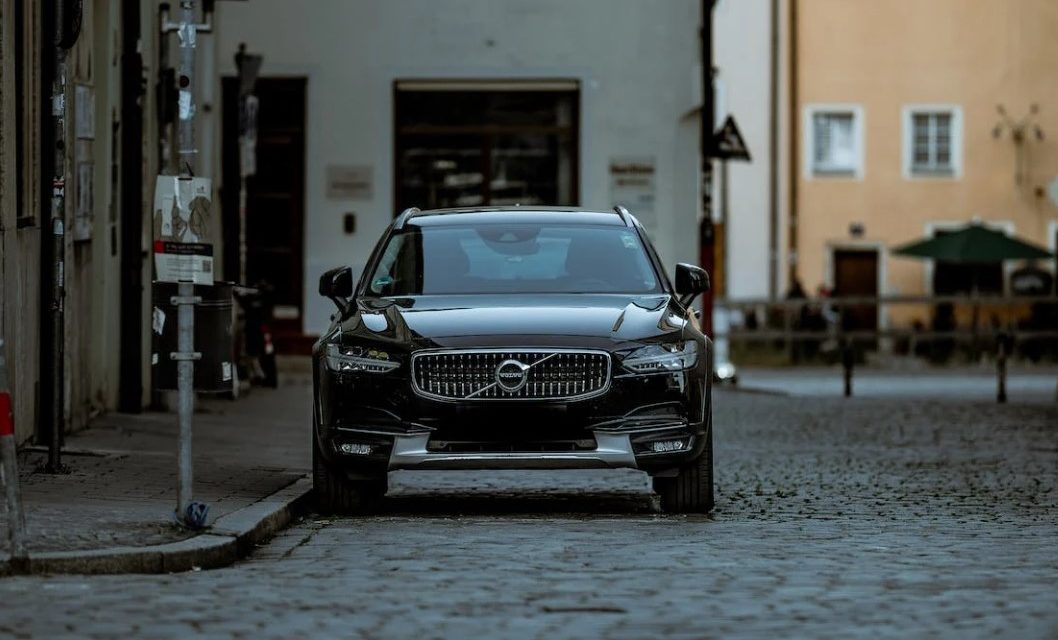Volvo has long been recognized as a leader in automotive safety. From the very beginning, safety has been a top priority for the Swedish automaker, with the company’s founder, Assar Gabrielsson, famously stating, “Cars are driven by people. The guiding principle behind everything we make at Volvo, therefore, is and must remain, safety.”
This commitment to safety has resulted in a number of groundbreaking innovations over the years. For example, Volvo was the first automaker to introduce the three-point seat belt, which has since become the standard safety feature in all cars. Volvo’s engineers also developed the first rear-facing child seat, as well as the first side-impact protection system.
But Volvo’s commitment to safety goes beyond simply inventing new safety features. The company also conducts extensive safety testing on all of its vehicles, including crash tests, as well as tests designed to evaluate the safety of its driver assistance systems. In fact, Volvo’s safety center in Gothenburg, Sweden, is one of the most advanced safety testing facilities in the world.
Volvo’s Gothenburg safety center
Volvo’s safety center in Gothenburg, Sweden, is one of the most advanced and comprehensive automotive safety testing facilities in the world. It is an enormous facility covering an area of over 80,000 square meters, and it is staffed by a team of more than 300 engineers and technicians who are dedicated to improving vehicle safety.
The facility includes multiple testing tracks, including a 154-meter-long indoor track that is used for testing collision avoidance systems, a 108-meter-long outdoor track that is used for testing active safety systems, and a 150-meter-long track that is used for testing suspension and chassis systems. There is also a crash-test facility on site that is capable of simulating a wide range of different types of accidents, including front, rear, and side-impact collisions.
One of the key features of the safety center is the advanced data acquisition systems that are used to capture and analyze data from the tests. These systems are capable of measuring everything from the position of the car’s wheels to the amount of pressure on the brake pedal. This data is then used to evaluate the performance of the car and its various safety systems.
Another important aspect of the safety center is its focus on simulating real-world driving conditions. For example, the facility includes a wind tunnel that is used to test the aerodynamics of the car, as well as a climate chamber that is used to simulate extreme weather conditions. This allows Volvo’s engineers to evaluate how the car will perform in a wide range of different driving conditions and to develop new safety technologies that can help prevent accidents from happening.
Overall, Volvo’s safety center in Gothenburg is a testament to the company’s commitment to safety. By investing in advanced testing facilities and a team of dedicated engineers, Volvo is able to continue pushing the boundaries of automotive safety and develop new technologies that can help protect drivers, passengers, and pedestrians alike.
Holistic Safety
One of the key factors that sets Volvo apart from other automakers is the company’s focus on holistic safety. Volvo doesn’t just design cars to protect occupants in the event of a crash; the company also works to prevent crashes from happening in the first place. This is where Volvo’s advanced driver assistance systems (ADAS) come into play.
Volvo’s ADAS technologies include features like automatic emergency braking, lane departure warning, and adaptive cruise control. These systems are designed to help drivers avoid accidents by alerting them to potential hazards and even taking control of the car in emergency situations.
Another factor that sets Volvo apart is the company’s commitment to sustainability. Volvo was one of the first automakers to commit to producing only electric vehicles by 2030, and the company has made significant progress towards this goal in recent years. By prioritizing sustainability, Volvo is not only making the world a cleaner and healthier place, but it’s also making its cars safer by reducing the risk of accidents caused by pollution and climate change.
In conclusion, Volvo’s commitment to safety is what sets the company apart from other automakers. From pioneering safety features like the three-point seat belt to more recent innovations like advanced driver assistance systems, Volvo has consistently demonstrated a dedication to making cars that prioritize the safety of their passengers above all else. With its focus on holistic safety and sustainability, Volvo is well-positioned to continue leading the industry in safety for years to come.





